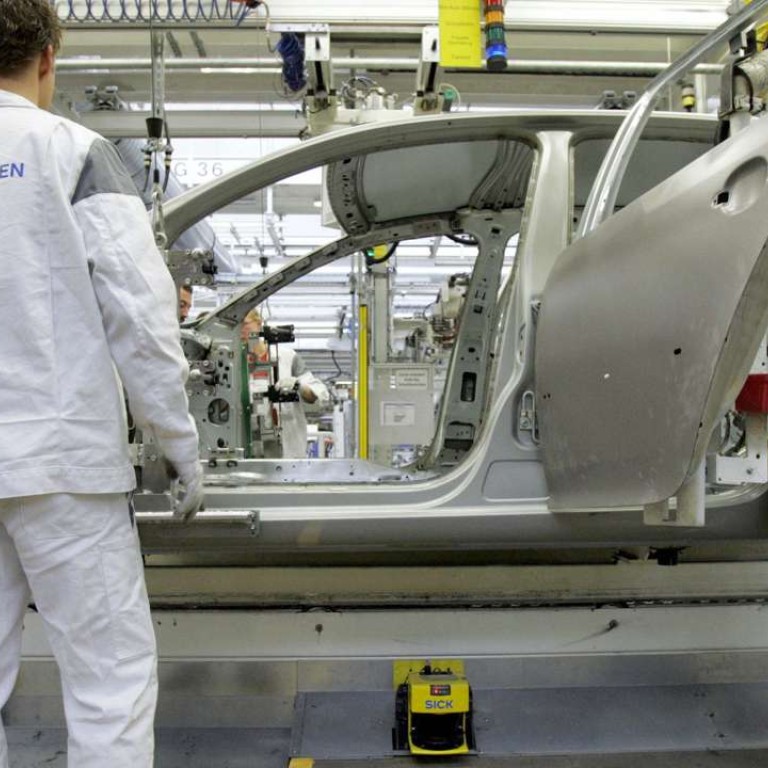
Right strategies can help managers turn customer’s hidden costs into profit
Non-value-added activities are hidden cost drivers that companies need to eliminate for sustainable growth
Cutting costs is tough, especially if one of the measures is downsizing people. Though such measures might have long term negative impacts on a company, executives often have little choices and are forced to cut costs to maintain profitability and arrest revenue slumps.
However, such measures also leave many questions unanswered like: Is internal cost cuts the only strategy? Are the cost reductions temporary saving measures? Can the organisation survive if its downstream customer business is shrinking?
Most managers tend to think outside of the box and find strategies or measures that can achieve the twin objective of cost cuts and profit growth.
That said, traditional cost accounting concepts often limits such possibilities. In most cases, companies focus on reducing their own costs because they have been trained to think that way. But, very often the cost performance is also an indicator of the management capability. Therefore, it is important to back these measures with proper strategy and operation.
Very often the first step in such a process hinges on a thorough understanding of the customer’s business process and whether there are any hidden costs that can be eliminated. In most cases, the answer would be a ‘no’ as hidden costs “are always hidden”. But if the hidden costs are extended to include non-value-added costs from non-value-added activities, it opens several possibilities.
Non-value-added activities are usually necessary to cope with constraints but are also hidden cost drivers. Once these constraints are released, then the non-value-added works can be eliminated safely as part of the cost restructuring process.
Let us look at a real life example on how companies have cut non-value-added costs for their customers and boosted profits.
In this case, he company involved is one that provides special equipment rentals for customers. Normally its leasing fee includes machine maintenance and repair, but not the parts. Its mode of approach involved sending a technical team to provide services to customers as and when required.
A new manager reviewed the existing system and found that the current approach had a hidden or non-value-added cost for the customer as the production line is suspended from the time that a machine is down to the time that it has been fixed. This period of time could be as long as 24 to 48 hours because the machines are located in different parts of Asia.
The manager realised that a reactive service would hardly meet the needs of the customers regardless of how quickly his team could reach a non-functioning machine. There were several constraints like the absence of “zero breakdown” performance and qualified personnel on site to repair the machine.
The team leader then formulated a strategy to shorten the production stoppage time by transforming his technicians to consultants who could train customers’ staff members to fix the equipment. The customers were happy to do this as it would increase the utilisation of their production capacity. Moreover, the breakdown frequency of the machines dramatically reduced because they followed a daily maintenance schedule with the help of the consultants.
More amazingly, the team achieved a 50 per cent reduction in operating costs in three years. The substantial savings came from the reduction in travel and labour costs. In the past, the technicians physically attended to customer complaints. Now the same is done through advance scheduling as it enables every team member to schedule his/her travel in advance. Machine leasing fees for the company has also increased with the provision of training services, though most of the repair work is now undertaken by the customers.
Yet another example is that of a manufacturer who reduced transactions costs for customers by providing proactive reliable services. Since the lead-time for filling orders could be as long as six to nine months, they updated their customers on the order status on a weekly basis. The most important point is the manufacturer never inconvenienced his customers, but instead, delivered the goods on time every time without any quality issues.
One of its buyers from the US said: “I’m willing to pay this manufacturer the extra dollar because I know that at the end of the day, I get what I want. Other manufacturers have called me when it’s midnight my time and asked to forgive their mistakes on my order. Then I have to send my people to Hong Kong and their factory in China to fix their problems for them. In many cases, we also have to negotiate a new shipment date with them. So I end up paying more than the extra dollar.”
Once again, these extra dollars are a hidden cost of the customer that can be turned into profits for companies.
The principle behind these cases is simple and straightforward. The problem is that a vendor cannot be certain how much it has contributed to the non-value-added costs of its customer. The dilemma is then to determine how a vendor would do better than its competitors to satisfy the customer’s needs. If customers are not taken into consideration during the cost cutting exercise, it then becomes very easy to fall into a situation where value-added costs are cut, which might weaken quality and then the company would risk the start of its end.
No company needs non-value-added activities but they are necessary when there are constraints, regardless of whether the activities are internal or part of the customer process. If the right strategy is adopted to help remove customer constraints, vendors would benefit from a stronger supply chain. Working together with customers to simplify the business process may just provide surprisingly positive results.
Hung Yick-hin is the professor of practice (quality management) at the faculty of business of the Hong Kong Polytechnic University
